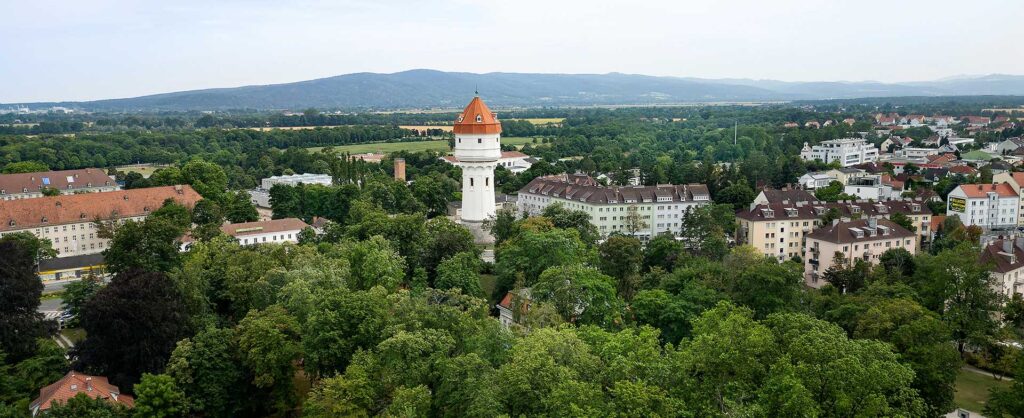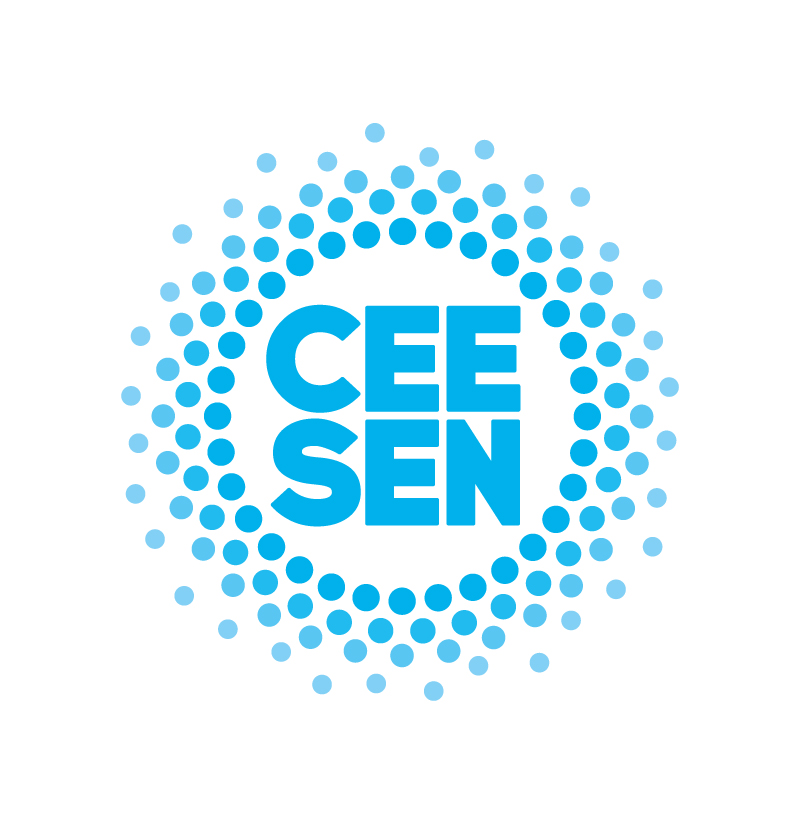Wiener Neustadt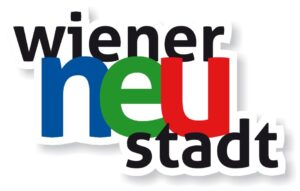 lies 50 kilometers south of Vienna and has approximately 50.000 inhabitants. Wiener Neustadt has diverse regional functions such as authority town, school town, transport hub, economic center, research and university location, etc.
lies 50 kilometers south of Vienna and has approximately 50.000 inhabitants. Wiener Neustadt has diverse regional functions such as authority town, school town, transport hub, economic center, research and university location, etc.
Since 1995, the city of Wiener Neustadt has set the course for a long-term municipal energy strategy (and later increasingly for a climate strategy). Since then, several energy concepts, a climate change adaptation strategy and a 2021 urban development plan for Wiener Neustadt (2021 STEP WIENER NEUSTADT 2030+) have been developed. The recent urban development plan STEP WIENER NEUSTADT 2030+ distinguishes between climate protection and climate change adaptation. The climate neutrality roadmap “Climate Neutral Wiener Neustadt 2040”, which is currently being developed, has initiated a fundamental discussion process. Comprehensive planning, operationalization and ambitious implementation as well as ongoing monitoring for a “climate-neutral Wiener Neustadt” has motivated Wiener Neustadt to go one step further.
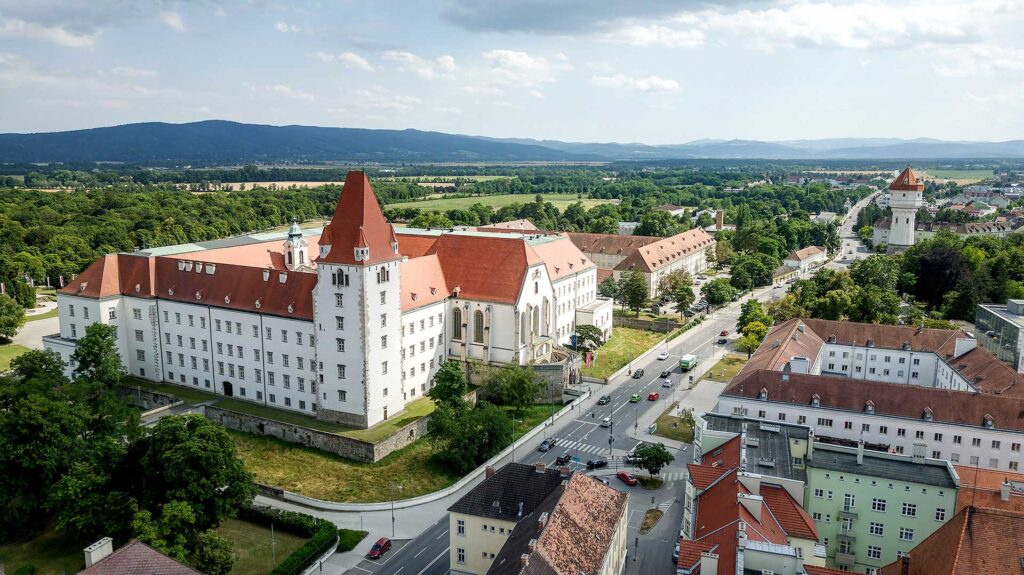
Lately Wiener Neustadt with 9 other major cities of Austria signed a public-public-cooperation agreement with the national climate ministry (BMK) to become a pioneering city. Austrian pioneer cities take the challenge for a conscious and ambitious transition towards climate neutrality before 2040. This complex transformation requires different measures. The measures shall both be developed in-house or developed by others and transferred to Wiener Neustadt. With the high ambition of pioneer cities program and its public-public cooperation comes a financial transfer to build up staff, knowledge and a sustainable and long-lasting governance structure for climate neutrality within the city.
The effect of the entire bundle of measures from the different areas (e.g., governance, implementation districts, learning environment or energy, mobility, buildings, etc.) is subject to fact-based climate monitoring. During the application phase and the ongoing monitoring Wiener Neustadt receives support from ConPlusUltra GmbH a CEESEN founding Member.
At the beginning of the public-public cooperation, the final criteria led (e.g.: implementation horizon until 2030, expected individual climate impacts and roll-out potential within Wiener Neustadt and other cities, necessary competencies, financial coverage, time criticality) district implementation list is not available because there are several processes such as climate neutrality roadmap, coordination with external stakeholders (e.g.: private owners, ARE, EVN), etc. are still ongoing.
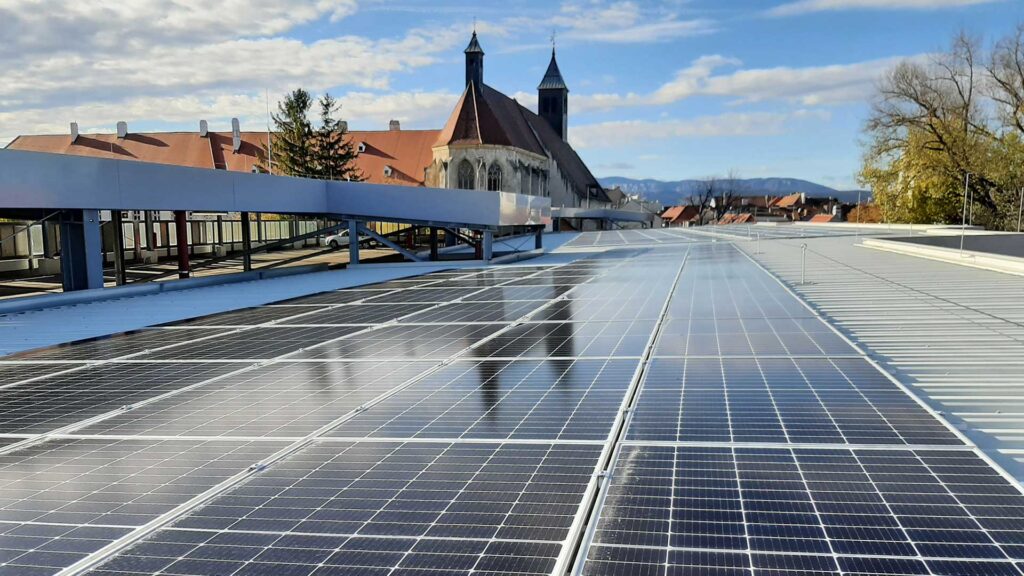
In the groundbreaking first year of the public-public cooperation, the climate neutrality roadmap will be drawn up at the same time. This represents the starting point for the future progress and impact monitoring of the public-public cooperation. Furthermore, the following processes will take place in the first year:
- the organizational upgrade of the previous “Urban Development, Transport, Environment & Energy” group to a staff unit,
- with simultaneous thematic expansion to include the topic of “climate”,
- Adding a new hierarchy level and dividing it into 3 teams,
- Associated with this are new internal processes,
- the onboarding of new employees,
- as well as the selection of the implementation districts and the determination of the first measures
The expected concrete pioneering results of the public-public cooperation (e.g., in the implementation districts, planned STEP WIENER NEUSTADT 2030+ projects implemented earlier) are each placed in a city-wide context in Wiener Neustadt. Out of its own interest, Wiener Neustadt will examine and pay attention to city-wide synergies and roll-out potential. (e.g.: zoning regulations, spatial planning contracts, …;) as well as passing on what Wiener Neustadt has learned to external parties.
